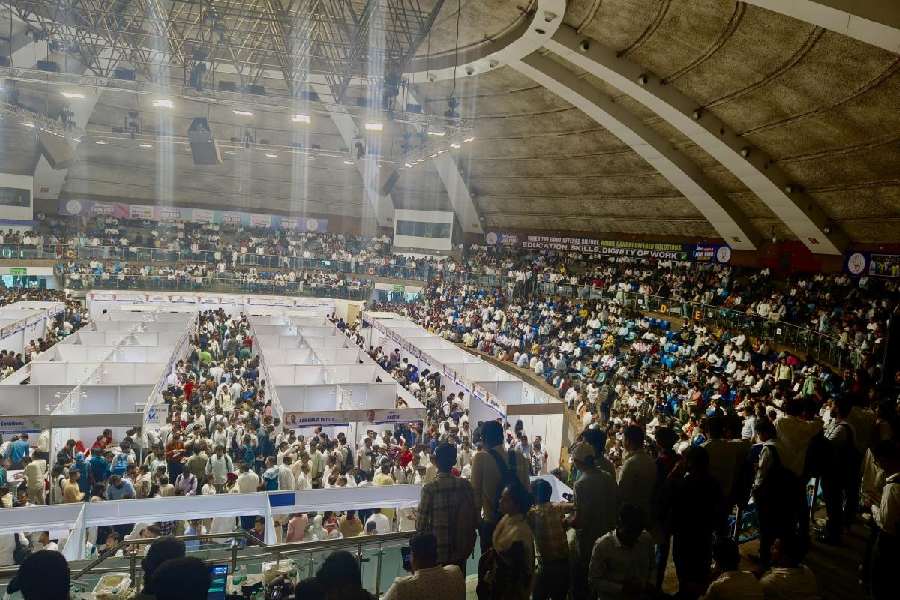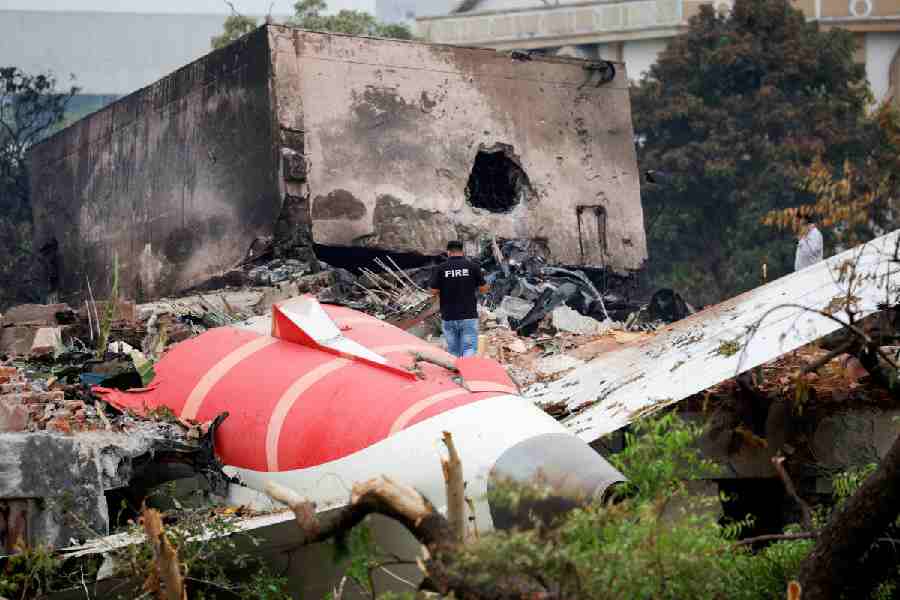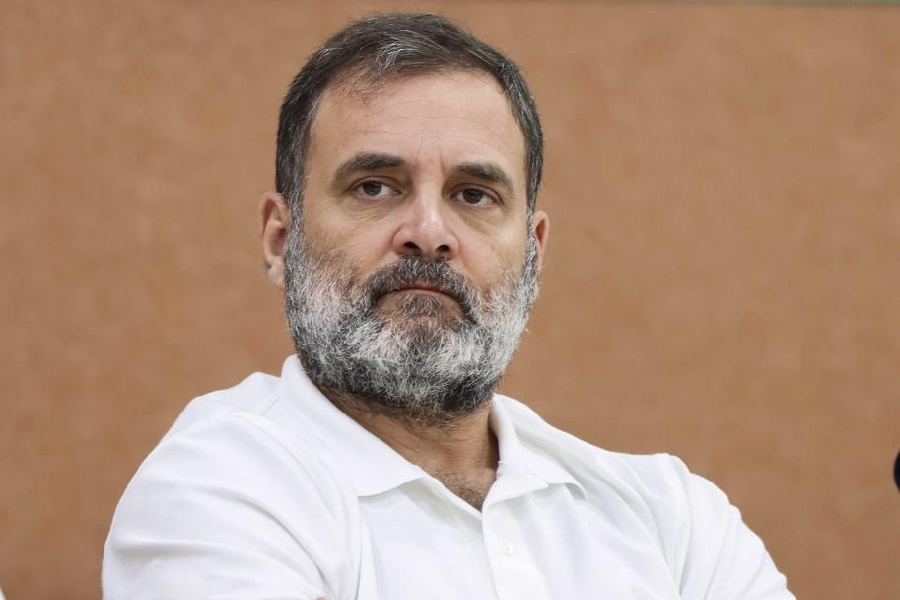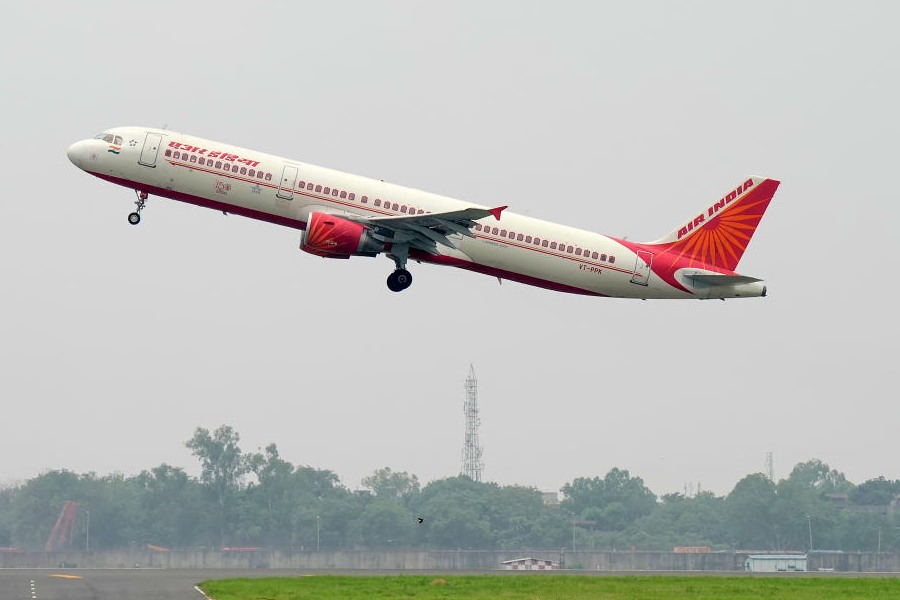Calcutta, Aug. 19: Bengal ranks above the national average when it comes to the number of disabled people in its population, with Darjeeling chalking up the highest percentage of disabled people among all districts.
Releasing the census report on disability based on 2001 figures, Vikram Sen, director of census operations in Bengal, said the percentage of disabled people in the state’s population had risen from 0.18 per cent in 1981 to 2.30 per cent in 2001.
With 18.47 lakh people in the state suffering from disabilities of sight, speech, hearing, movement and mental incapacity, Bengal ranks above the national disability average of 2.13 per cent.
Concerned over the huge gap with the rest of India with regard to mental disability, speech and hearing impairments, medical experts believe that ignorance among the masses about preventive healthcare, low per capita income and poor health facilities, particularly in rural Bengal, were the primary reasons for the grim picture.
“We will have to study in detail the census report, but people in Bengal still opt for quacks and believe in home remedies and myths rather than visiting doctors,” said Jyotirmoy Dutta, the head of ophthalmology at National Medical College and Hospital.
Bengal has reported 14.66 per cent mental disability cases, compared to the national average of 10.33 per cent.
City-based psychiatrist Prabir Pal said of late, more mental cases are being reported, but the fact remains that poor living and health conditions in Bengal are taking a toll on the mental health of people.
Speaking about physical disability, orthopaedic surgeon and former sheriff of Calcutta Sunil Thakur said lack of health awareness and rising accidents due to ill- planned roads and infrastructure are to be blamed. “This apart, poor diet and nutrition augment bone degenerating diseases,” he said.
Vikram Sen, however, explained that the census for disabled persons in 2001 was done in detail, throwing up a larger number of cases.
“In the earlier census exercises, we took into account only those who were completely disabled. For instance, for physical disability we included only those who were completely crippled, ‘mentally unstable’ comprised the insane and ‘disability in seeing’ included only those who were totally blind,” he said.
But in the 2001 census, the government was much more flexible while carrying out the survey.
“This time, we have even included people who are blind in one eye and people who are partially crippled” Sen added.
According to the report released today, 3.54 per cent of Darjeeling’s population suffered from disabilities – the highest in the state, while North Dinajpur had the lowest percentage, with only 1.67 per cent of its people suffering from disabilities.
Being the most populous district, the undivided Midnapore had 2.29 lakh disabled people - the highest number in any district in 2001.
Sen observed that the prevalence of disability was higher among men compared to women. Also, rural areas reported greater number of disability cases than cities.










